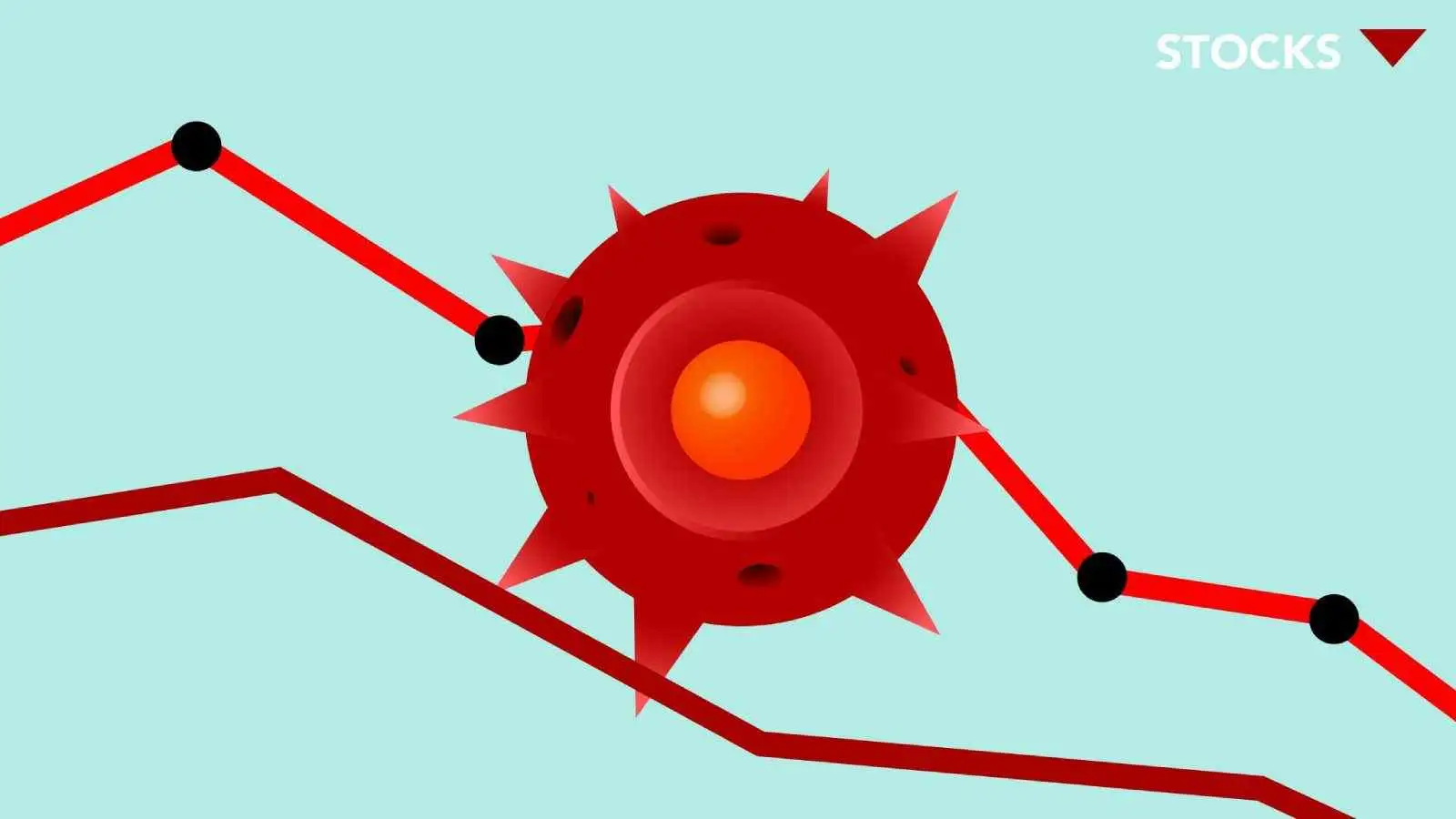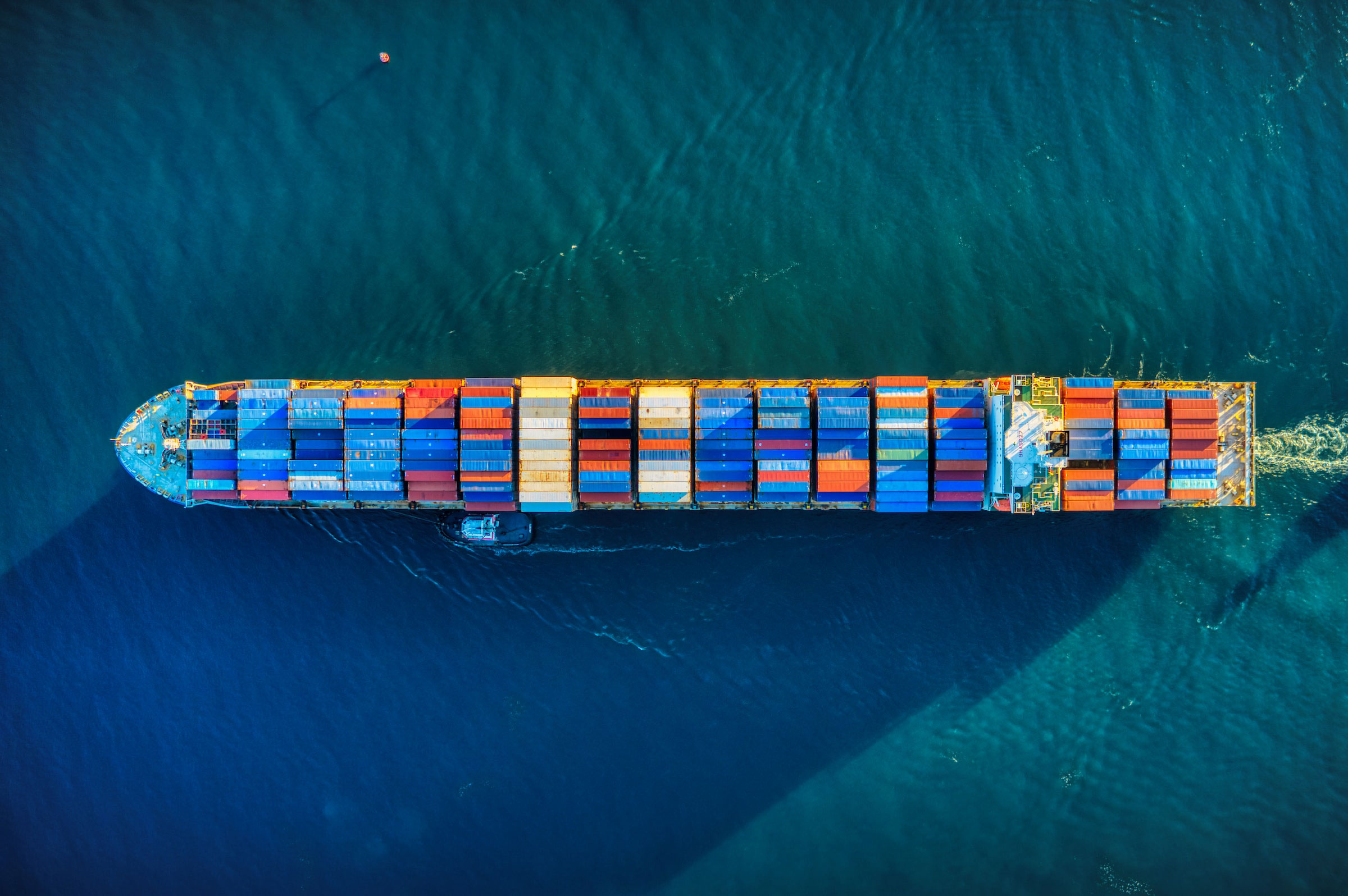A Global Pandemic – On Trade, Interest Rates, Foreign Exchange and Freight
The Novel Coronavirus, first identified in late December, didn’t become a market driver until the last day of February. From first identification in early January, the virus had reached beyond China’s border with cases confirmed in many countries by late January. On the 30th of January, the WHO declared the virus a global emergency, but ironically global markets continued to be dominated by bullish sentiments until late February, unshaken by the growing angst.
As March approached, the massive spread of the virus through Italy, Spain, France, Germany, Iran, South Korea, the US and other countries became too much to ignore. The ability for social media to create mass panic became apparent. The US Federal Reserve announced an emergency rate cut of half a point on March 3rd. This was the first rate cut since 2008’s Global Financial Crisis. Policy Makers all over the world start scrambling to keep economies intact, whilst trying to contain the spread of the virus. Delayed reactions by governments with slow and gradual stages of shutdowns, central banks slashing rates to create liquidity and government stimulus announcements all caused continued angst and uncertainty.
It’s safe to say financial markets are not resilient when uncertainty hits. A high degree of uncertainty brings enhanced investor participation and price volatility. Investors gravitate to safe havens and liquidation of asset classes pushes the US dollar up, causing other currencies to weaken. The dependence that Australia has on the Chinese economy further weakens the Australian dollar.
With massive stimulus packages announced by the US government recently and China getting back on its feet, we are now seeing world currencies stabilising against the US dollar. Interest rates will remain low as we go through a deflationary period for recovery. The road is long and no one knows when it will end. The reality is that all the normal rules about global trade dynamics have been thrown into upheaval and analysts and economists are struggling to make sense of it.
Shipping accounts for 90% of global trade. Closures of ports in China initiated the decline in the number of ships and carriers blanked out 21 sailings on the US-Asia Pacific trade route, using the primary reason of weak demand from China as factories shut down and the country remained closed or operating at low capacity.
The China situation alone could be disastrous for exports of Australian manufactured goods. Australia is unusually dependent on China and a slowdown could mean billions in loss of revenue. If lowering demand for Chinese manufactured products leads to a slowing of growth there, a resulting reduction in spending by the middle class in China could see a drastic reduction in demand for Australian manufactured food products, for example.
The vast majority of Australia’s exports are destined for China and South-East Asia, followed by the US and Europe. And although China’s manufacturing capacity is nearly back to full strength following drastic measures to combat COVID-19, market sentiment has seen a significant reduction in demand for Chinese manufactured goods. Meanwhile in Australia’s other main export markets, manufacturing has stalled considerably amid the significant economic constraints arising from social isolation measures and shut downs of all but essential services in many places.
The threat from the Chinese lockdown and border closures to tourism alone is significant. The Chinese form 15-16% of visitors to Australia annually.
At the same time, container movements through ports in Sydney, Melbourne, Brisbane and Perth for the first half of FY2020 were already the lowest since 2009, according to a recent article in the Financial Review: https://www.afr.com/companies/infrastructure/virus-the-gfc-for-transport-truckies-say-20200305-p5473g. That is without taking into account the reductions since the pandemic hit, which are yet to be fully reported, but anecdotally are drastically reduced.





